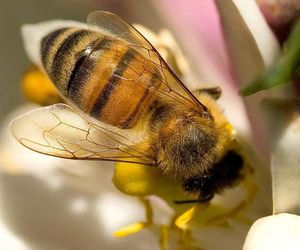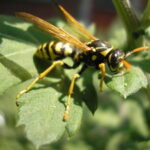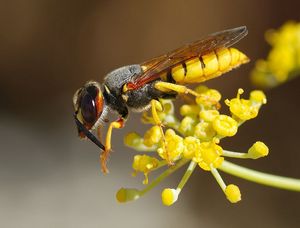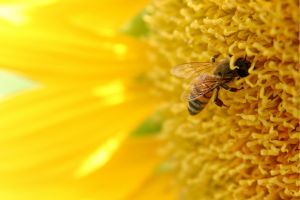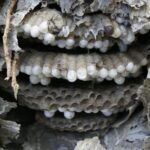Not too long ago as I was tending my backyard garden, I got about three nasty pricks on the nape. The pain was excruciating for me to realize at once that I was being attacked by wasps and had to leave the area immediately. When I had somehow recovered from the shock, I thought about how I would have felt had it been the bigger bees that stung me instead? I was certain it would have been much worse.
People who have experienced being stung by a bee would swear the pain is indeed agonizing. And for those who are severely allergic to bee venom, death is a possibility. Bee stings can set off anaphylactic shock – a condition that may be fatal when bee venom is injected into the body. Symptoms of anaphylactic shock include severe headache, difficulty in breathing, swollen tongue, and nausea. If you are stung by a bee and experience any of these tendencies, seek emergency medical assistance at once. Putting off treatment may result to serious health implications and could even be fatal.
Bees belong to the Hymenoptera order, a group of specialized insects that undergo complete metamorphosis. Wasps, hornets, red fire ants, and yellow jackets likewise belong to this order. Among them, however, it is believed that bees (and their venom) are the ones that can actually cause anaphylactic shock. The way a bee stings differs from how the other hymenopteras do it. The barbed stinger of a bee splits apart from its body when used. Once this happens, the bee itself dies. Meanwhile, the stinger left embedded on the skin continues to pour forth venom for several more minutes. The situation is made more serious by the fact that a bee’s stinger is difficult to extract; if not taken out quickly, it could be deadly. The continuous flow of bee venom into the body, brought about by the unextracted stinger, can cause anaphylactic shock within a few minutes.
As important as extracting the stinger from your skin right away is the manner in which you take it out correctly. As you begin taking the stinger out, avoid exerting pressure on its end where the venom sac is. Otherwise, you may inject more venom into your body. Use a knife or your fingernail to scrape the stinger out. When this is done, wash the affected area with soap and water immediately. The swelling may be lessened by applying a pack of ice on the area.
The worst thing that can possibly happen to someone who is not allergic to bee venom when stung is experience an irritating itchy sensation and pain that is more severe than the ordinary. But for those who are potentially allergic to bee venom, suffering from anaphylactic shock is very likely when stung. Seeking medical attention immediately is the only solution under such an emergency situation.
